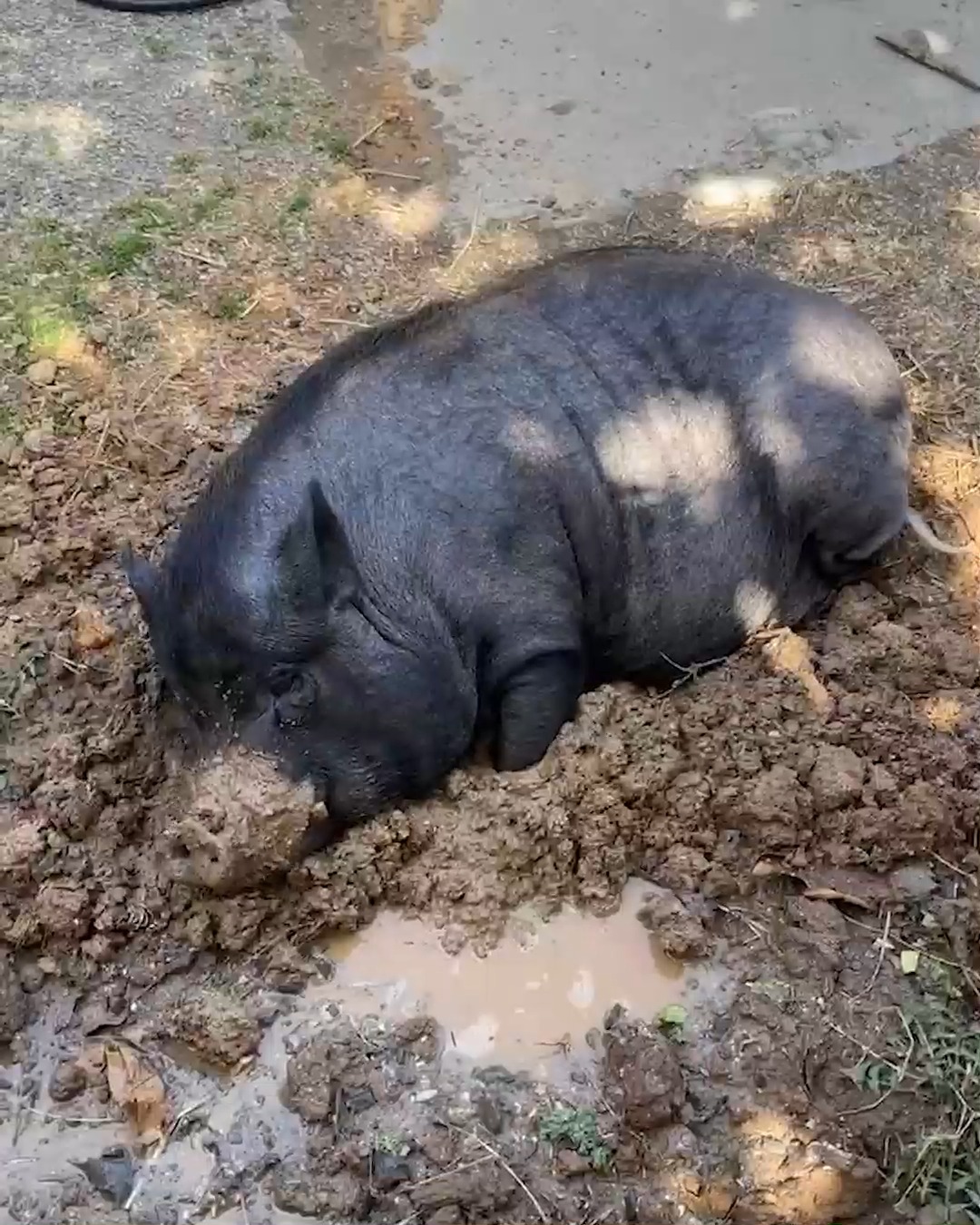- Understanding the Human-Animal Connection Through the Lens of Comfort and Motivation
- The Role of Animal Behavior in Overcoming Challenges and Stressful Situations
- Insights from Wildlife Conservation and Zoo Management on Animal Welfare
- Strategies for Promoting Environmental Stewardship and Awareness
- How Social Media Influences Perception of Animals and Conservation Efforts
Understanding the Human-Animal Connection Through the Lens of Comfort and Motivation
The bond between humans and animals has intrigued psychologists and behaviorists alike. On a deeper level, this relationship often serves as a source of comfort and motivation. When facing a daunting Monday, the idea of "digging deep" can resonate with many. It’s here that animals, like the beloved Kevin Bacon, a charismatic pig, show us the resilience and joy in muddling through life’s challenges. This anthropomorphization is not just for humor; it reflects relatable human emotions.
Animals have an astounding ability to lift human spirits. This phenomenon, often utilized in animal-assisted therapies, showcases how animals can be powerful motivators. Patients in hospitals, for example, demonstrate decreased stress and increased happiness when interacting with therapy animals. These interactions are more than just calming; they represent a profound connection that bridges species, promoting emotional support and even physical health benefits.
The Role of Animal Behavior in Overcoming Challenges and Stressful Situations
Animals in the wild often confront and adapt to challenging environments. This behavior teaches us lessons on persistence and adaptability. Take the example of beavers building intricate dams or migratory birds traveling thousands of miles; these natural feats are a testament to the determination encoded in wildlife.
Consider Kevin Bacon’s spirited mud escapades—mirroring perseverance against adversity. In stressful situations, animals often rely on innate behaviors to survive and thrive. Zookeepers, observing these patterns, apply enriched environments to mimic challenges animals might face in the wild, promoting physical and mental wellness. These environments help animals engage in natural behaviors, showcasing their resilience and problem-solving capabilities.
Insights from Wildlife Conservation and Zoo Management on Animal Welfare
Zoo management and conservation efforts are pivotal in understanding and improving animal welfare. Zoos, often perceived as animal sanctuaries, focus on breeding programs to enhance genetic diversity, which is critical for species survival. Environmental enrichment ensures animals maintain physical and psychological health, reflecting natural habits.
Conservationists work tirelessly to protect habitats and create reserves where wildlife can thrive without human interference. This dedication is evident in the way modern zoos operate, acting as educational centers that raise awareness about the importance of protecting biodiversity. Zoos collaborate with global conservation projects to study species in their natural habitats and develop strategies to mitigate extinction risks.
Strategies for Promoting Environmental Stewardship and Awareness
Environmental stewardship involves more than just preserving wildlife; it’s about fostering a harmonious relationship between humans and nature. Encouraging sustainable practices is key. Educational programs at zoos often emphasize sustainable living, encouraging visitors to adopt practices like recycling, reducing plastic usage, and supporting conservation-friendly businesses.
Additionally, initiatives like wildlife corridors help animals traverse human-made boundaries safely, promoting genetic diversity and ecological balance. By supporting such projects, individuals contribute to broader conservation goals, ensuring that species like our motivational pig, Kevin Bacon, coexist optimistically.
How Social Media Influences Perception of Animals and Conservation Efforts
Social media plays an important role in shaping public perception of animals and conservation efforts. Platforms like Instagram amplify voices, sharing stories and images that inspire awareness and action. Kevin Bacon’s amusing antics on social media highlight how animals can motivate us while drawing attention to more serious conservation messages.
These platforms also serve as educational tools, informing audiences about threats to wildlife and environments worldwide. By engaging emotionally with compelling narratives, users are often prompted to support conservation initiatives. This digital engagement aids fundraising efforts and enhances visibility for pressing ecological issues.
This article seeks to remind us of the intertwined relationship between humans and animals, illustrated by our motivation from creatures like Kevin Bacon. Their struggles and triumphs mirror our journey, imparting valuable lessons about perseverance, resilience, and the need for active conservation efforts. The compelling connection between wildlife and human psychology offers a mirror reflecting our own potential to overcome adversity.
*****
Source Description
Mondays can be rough… but sometimes you just have to dig deep—like our friend Kevin Bacon.
He knows how to make the best of a muddy situation! 🐷💪
Share this with someone who could use a little Monday Motivation.
class=”instagram-media” data-instgrm-permalink=”https://www.instagram.com/reel/DJRdU-RMrfc/” data-instgrm-version=”14″ style=” background: border:0; border-radius:3px; box-shadow:0 0 1px 0 rgba(0,0,0,0.5),0 1px 10px 0 rgba(0,0,0,0.15); margin: 1px; max-width:540px; min-width:326px; padding:0; width:99.375%; width:-webkit-calc(100% – 2px); width:calc(100% – 2px);”>


